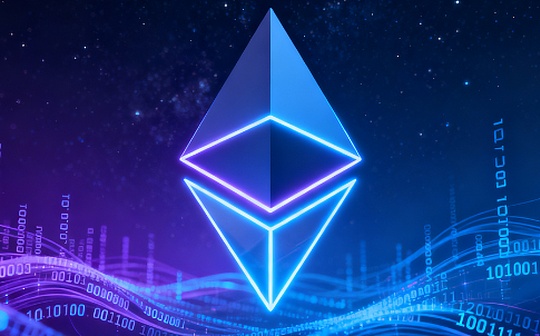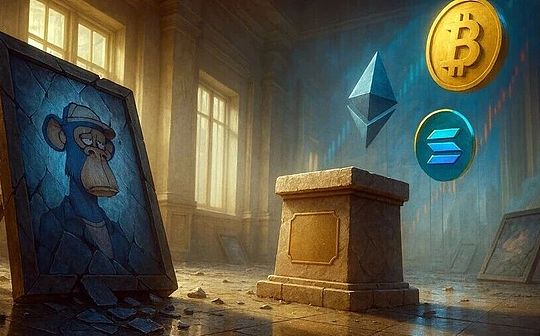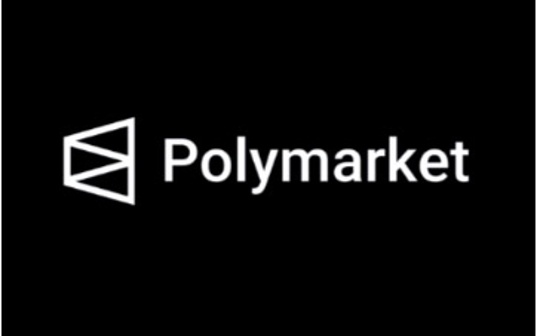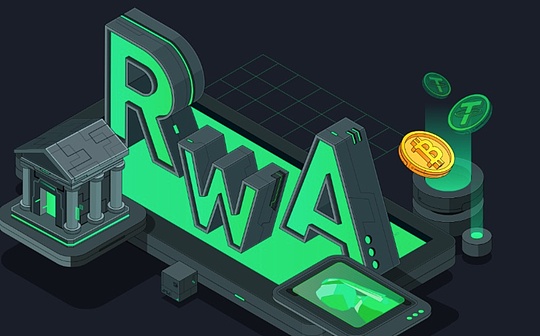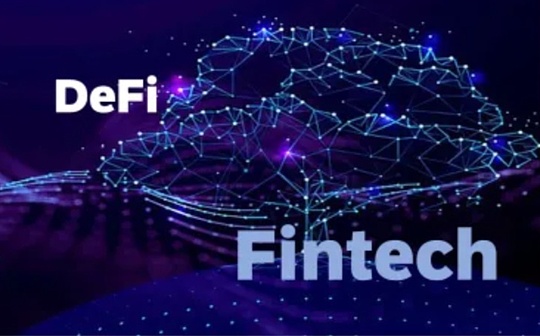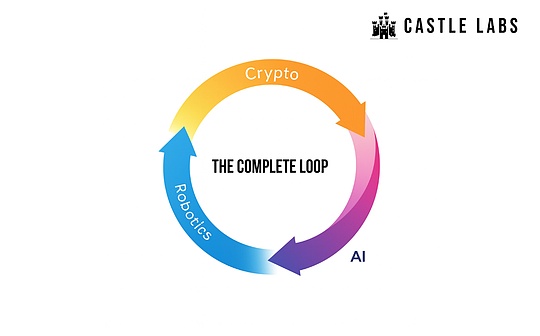
Author: Schizoxbt, Source: Castle Labs, Compiler: Tim
Robots, cryptocurrency, artificial intelligence, this is the technological trinity of our generation.
These three most disruptive technologies may be regarded as the last important technological revolutions.That’s why Virtuals’ move to integrate the robotics business line into its technology stack is particularly eye-catching.
Why do they need to do this?
AI developers have quickly recognized that cryptocurrencies and blockchain are the most efficient ways for AI agents to transact and operate on the internet.At the same time, robot developers understand that integrating AI into machines can create truly autonomous machines that can carry out instructions and complete real-world tasks.
These three technologies form complementary and enhanced synergies. Although they do not necessarily depend on each other (not all robots require encryption technology, and not all agents require robot carriers), when the three are integrated, they form a complete closed-loop ecosystem.
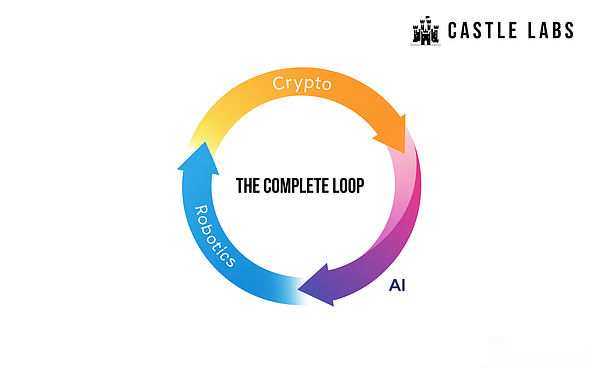
Blockchain technology can realize large-scale collaborative operations between agents and robots, and at the same time provide underlying support: it not only supports devices to complete payment operations, but also enables service settlement between agents, and can even allow decentralized organizations to dispatch autonomous delivery drone groups through the DAO model.
Artificial intelligence gives robots autonomous cognitive and decision-making capabilities without the need for human intervention; robots provide physical execution units, allowing intelligent agents to complete interactions in the real world where humans live.
This is the perfect symbiotic relationship between technologies, and Virtuals is putting this idea into practice with the launch of its new metric called Gross Agent Product (aGDP).
It is defined as “the total output of the collaborative work of humans, agents and machines in the digital and physical fields.”
When this technology can be combined with robots that operate in physical areas, digital productivity is transformed into physical results, areas that have not been reached by intelligent agents before.
Virtuals’ technical architecture relies on three core products: ACP, Butler and Unicorn.
The following sections provide an overview of each offering and show how robotics integrates with these core pillars.
ACP
The Agent Collaboration Protocol ACP, as its name suggests, is the underlying framework for realizing interaction between agents. Typical application scenarios include transaction execution, data analysis, and market research.
But now, combined with robotic technology, ACP can be upgraded to a more advanced form.
Consider the following scenario:
-
You are a real estate developer and need to complete a construction task.
-
The research agency hired a design agency to draft the plans.
-
The research agent then hired a construction robot agent to lay the foundation for the property project.
-
The construction agent, in turn, hires a supply chain agent to order the materials needed for the project.
-
All transactions are settled via ACP.
While this sounds futuristic, the possibilities are endless.The ACP protocol has many application scenarios, such as manufacturing intelligent dispatchable delivery drones to deliver goods directly to consumers’ homes; farm intelligent agents can independently hire robot agents to perform sowing or irrigation tasks by analyzing weather data.
If you want to delve into the underlying architecture of ACP, its technical implementation is as follows:
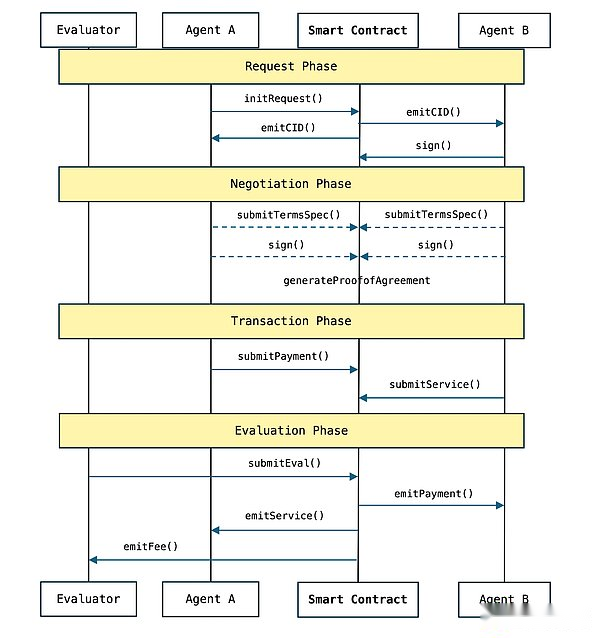
Recently, the x402 protocol has become a hot topic in the market.The following will demonstrate the advantages of the ACP protocol through comparative analysis and explain how the Virtuals platform occupies a favorable position in this wave of intelligent agent capabilities:
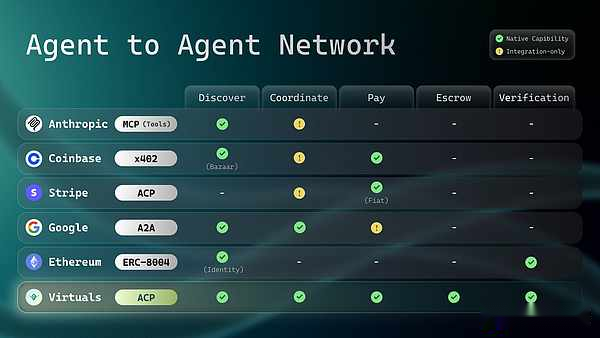
Butler
Butler serves as the user interaction interface of the Virtual platform for the agent economy, enabling users to interact with autonomous agents built based on the ACP protocol.

Users only need to enter their requirements in the chat interface of the X platform, and Butler will recommend the appropriate agent (or agent cluster) to complete the task.After collecting the necessary parameters, the system confirms task costs and deliverables to the user and then automatically allocates execution processes.
Once robotics is introduced, the entire ecosystem will take on a whole new dimension.Users can issue instructions to the agent through Butler, and the agent drives the real-world robot cluster to implement the physical execution of the instructions.
At that time, users can fully control the entire enterprise operation only through the intelligent agent.
Need to design t-shirts and apparel?There are dedicated agents available for use.
Need to package and deliver finished products to humans?There are dedicated robots for delivery.
This will open up a new era of enterprise management: anyone can submit task requirements to be processed by agents and robots, and witness the completion of the task without having to do it themselves.
Unicorn
Unicorn, as the launch platform for the upgraded version of the Virtuals ecosystem, is committed to helping builders and founders raise start-up funds.In comparison, the old Genesis model eventually evolved into a point-earning farce, with users paying more attention to points rather than truly supporting entrepreneurs.
Virtuals officially revealed that its venture capital department has already laid out robot projects and observed that the lack of large-scale financing mechanisms will seriously slow down the innovation process.Now through the Unicorn model to achieve incentivized behavior, robot and agent developers can more easily obtain funds to realize their project ambitions, such as:
-
Agricultural intelligence cluster management system: Optimize crop yields through predictive analysis and realize full-process automation of autonomous sowing, monitoring and harvesting
-
Intelligent delivery drone network: drones obtain delivery tasks through bidding mode to achieve three-dimensional land and air logistics transportation
-
Autonomous construction robot cluster: coordinated scheduling by design plans and site planning agents to complete fully automated building construction
Application cases can be presented one after another.
However, there are still key shortcomings in existing technology. Today’s robots are not ready to use out of the box and still require preset programs to perform tasks.
They still need to be trained and learned.
And this is where SeeSaw comes into play.
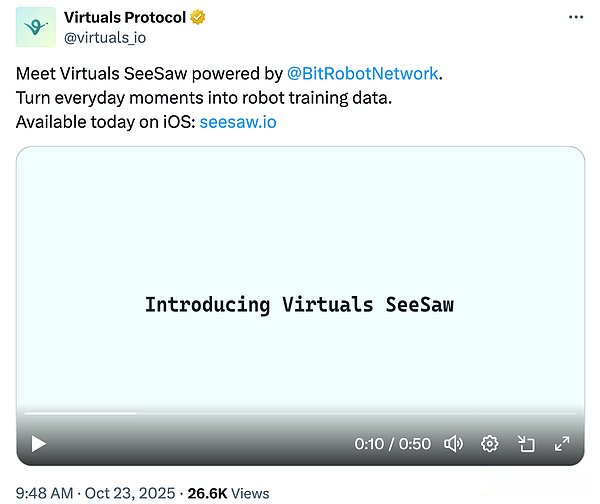
SeeSaw
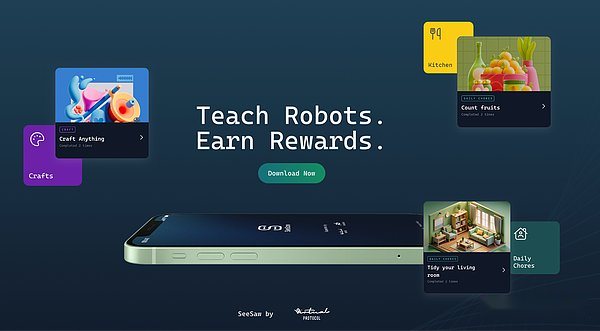
For robotic agents to operate efficiently in the real world, large-scale spatial data sets are required.The data ranges from identifying different types of sirens, to autonomous navigation on construction sites, to something as simple as precisely folding a shirt.
SeeSaw records human daily activities and target tasks so that robots can more accurately perceive the real environment. After digitizing these behaviors, they become learning materials for robots.
Robots inherently have difficulty understanding the movement of objects and humans in three-dimensional physical space, so it is critical to obtain data sets that cover the details of all movements, no matter how subtle.
This is the original intention of Virtuals when they founded SeeSaw, and they understand the importance of this kind of data collection.
SeeSaw is an iOS mobile application that collects hand-object interaction videos through crowdsourcing.This application gamifies the collection process, and users can earn points and rewards by completing various task levels.
As long as the reward mechanism matches the user’s contribution, the SeeSaw platform can quickly expand its scale, build a massive visual interaction database for Virtuals, and provide service-oriented output to all robot research and development teams.
SeeSaw is jointly developed with BitRobot Network to ensure that the collected data meets standards and can be effectively used for large-scale robot training.
All this is just the beginning
Although this is the end of this article, for the technology trinity, everything is just the beginning.
These three major tracks are just beginning to demonstrate their capabilities, and thanks to the nature of encryption technology, we are able to witness these developments on the front lines.
It is foreseeable that fully automated robotic institutions and companies will appear in the near future.For the sci-fi fan inside each of us, witnessing robots walking around and completing tasks autonomously is both fascinating and (vaguely) disturbing.
Our upcoming future may arrive sooner than anyone expects.It’s really exciting to see what results Virtuals’ involvement in the technology trinity will bring.


